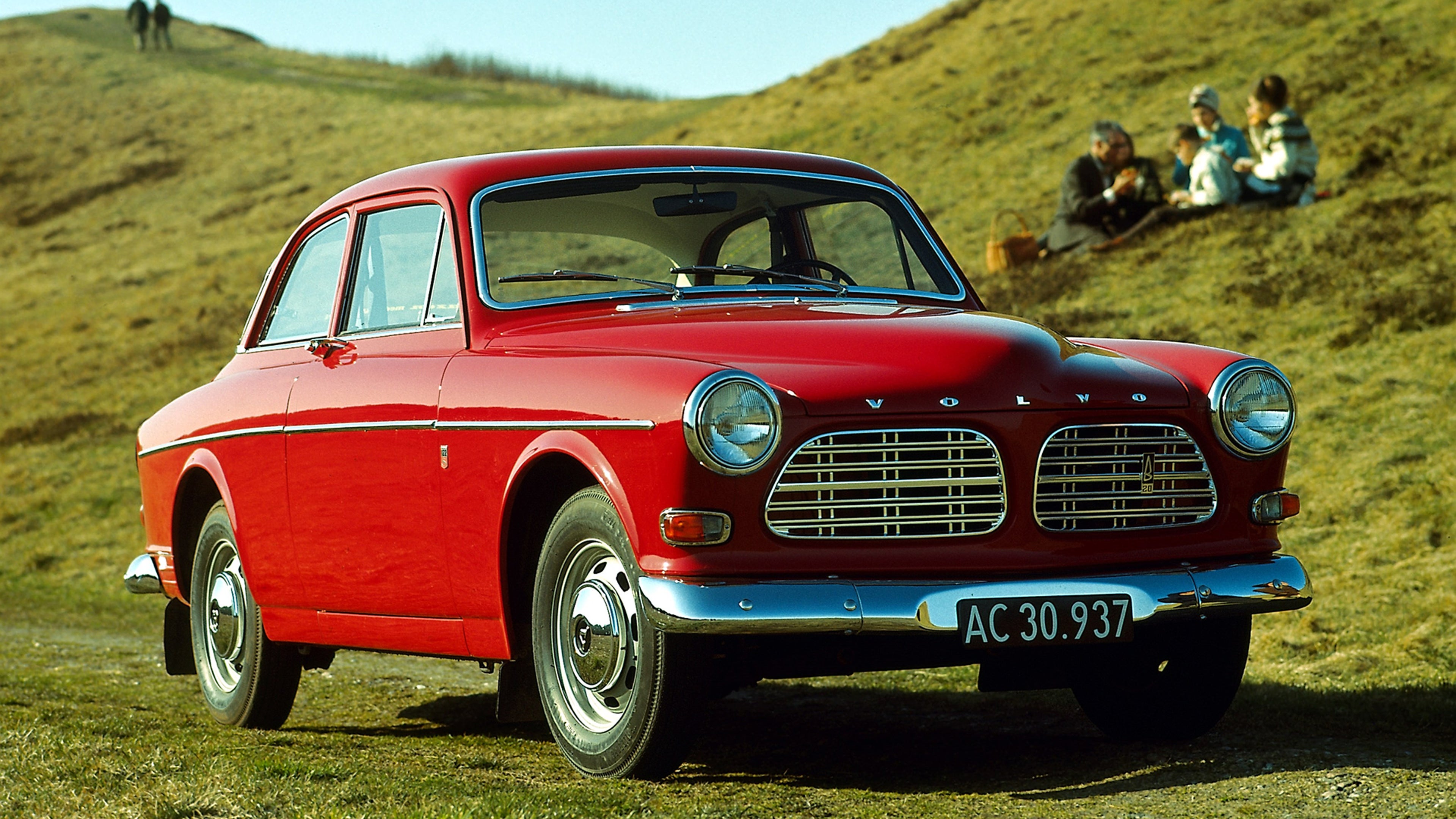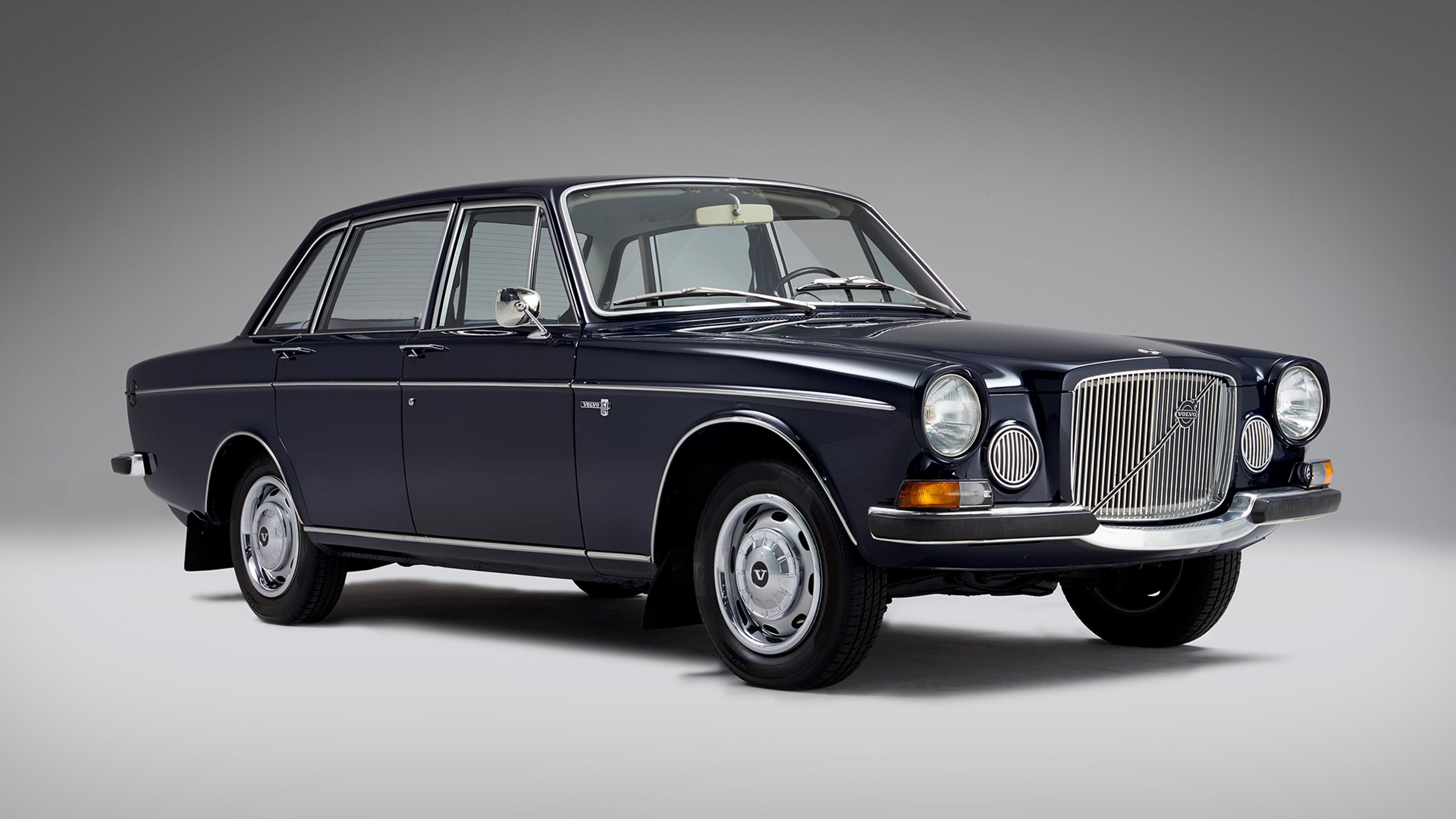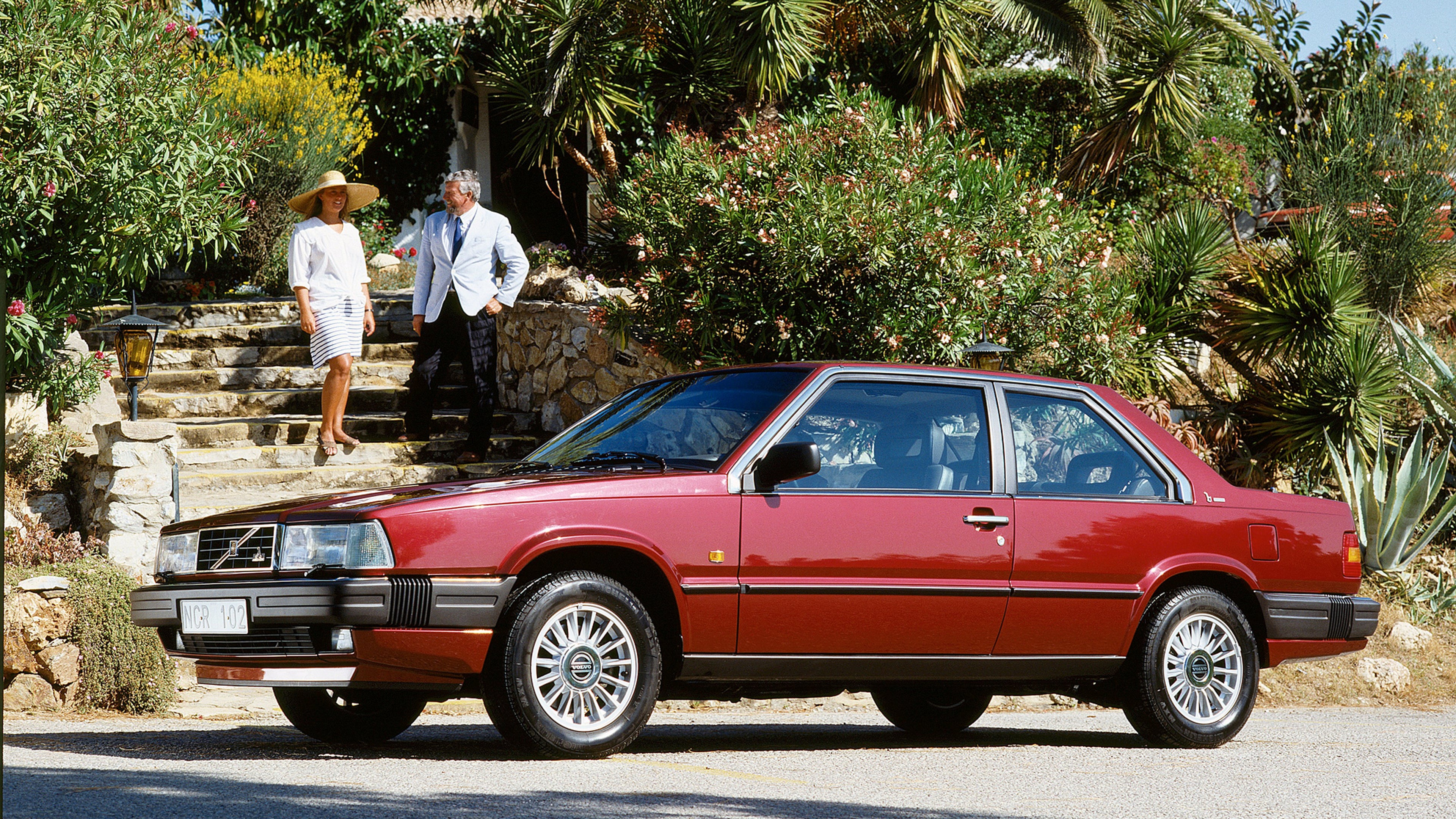
Volvo Amazon (1956–1970): A spacious family car and a pioneer in automotive safety.
Explore Volvo ES90Story
The new Volvo ES90 continues a long legacy of iconic Volvo cars, forever engraved in our company’s history. Discover some of our most important and coveted historic models.
Heritage
ES90

Volvo Amazon (1956–1970): A spacious family car and a pioneer in automotive safety.
Explore Volvo ES90Take a close look at our all-new, all-electric Volvo ES90. At first glance, its sleek and confident exterior stands out, along with premium levels of comfort and functionality on the inside. But the truth is, with the ES90, you get so much more than what meets the eye.
For 97 years, we’ve been designing and building cars of all styles, shapes and sizes. While technology, design and performance have evolved along the way, the essence of what we’ve always been striving for is perfectly outlined in our company purpose: To give people the freedom to move in a personal, sustainable and safe way.
The ES90 ties back to an impressive legacy of classic Volvo cars that have truly earned their place in our storied Volvo history. Meet some of our most iconic models!
Volvo Amazon – world-first with three-point safety belts (1956-1970)
Launched in 1956, the Amazon was praised for its design, which drew inspiration from the US and the UK, but perhaps most of all from Italy. With its four doors and a roomy interior, the Amazon was a spacious and safe family car that appealed to a wide audience.
From the outset, the car was equipped with mounting points for two-point seatbelts. But in 1959, the Amazon became the world’s first car model with factory-installed three-point safety belts, a Volvo innovation that has saved over a million lives – and continues to do so.
The Amazon featured a padded dashboard to reduce injuries, a design element that American car makers later adopted. Another distinctive feature was the parking brake lever, which was mounted outside the driver’s seat rather than under the dashboard.
The Amazon became something of a cult car and it was manufactured in multiple locations around the world.
Volvo 164 – our first true luxury sedan (1968-1975)

Volvo 164 (1968–1975): Volvo’s first true luxury sedan with a 6-cylinder engine.
In the autumn of 1968, we launched the Volvo 164, targeting a more prestige-oriented position than its predecessor, the Volvo 144. The Volvo 164 featured a 3.0-liter, in-line, 6-cylinder engine. Initially equipped with two carburettors, it was later also available with fuel injection.
This was our first 6-cylinder car for consumers in more than a decade. The front of the car had its own styling: the bonnet was longer to make room for the larger engine, and the shape of the front exuded prestige thanks to the large grille.
On the inside, the seats were new and the materials more luxurious, with leather upholstery available as an option. The transmission was available in three options: a 4-speed manual, a 4-speed manual with electrical overdrive, or a 3-speed automatic. In total, 146,008 Volvo 164 cars saw the light of day.
Volvo 760 GLE – turning boxiness into a hallmark (1982-1990)

Volvo 760 GLE (1982–1990): A bold and elegant car that defined Volvo’s boxy design era.
Introduced in early 1982, the 760 GLE marked our entry into the prestige car market with superior comfort and performance. In 1985, just a few years after the launch of the 760 GLE, the 760 Estate was launched and was arguably considered one of the finest estate cars in the world at the time.
The Volvo 760 was well received and regarded as bold, elegant and exciting. With its characteristic and rather uncommon boxy design, it also offered good space on the inside. In addition, its level of safety was superior to both previous Volvo cars and most competitors.
Available with three different choices of engine, the 760 was pleasant and comfortable to drive. Fitted with the Volkswagen-built but Volvo-specified inline-six D24 turbodiesel, it was one of the quickest diesel cars to accelerate from a standstill in the world at the time.
The 760 turned boxiness into a hallmark and became the car that paved the way for the company we are today. In total, 221,309 units were built.

Volvo 780 – Italian elegance and Swedish engineering (1985-1990)
The Volvo 780 coupé was the elegant result of a collaboration between Volvo Cars and the Italian body and design company Bertone. The chassis and the powertrain came from the 700 series, while the body was designed by Bertone.
With this model, we wanted to show that we were a force to be reckoned with in the luxury segment, and it was the most expensive car we had ever launched.
On the inside, the sides of the doors and the dashboard were adorned with hardwood, and the leather upholstery was available in two contrasting colours. Seats, windows, rear view mirrors and sunroof were all operated electrically. The car also boasted climate control, ABS brakes and automatic level control, as well as a microprocessor-controlled stereo.
The exclusive 780 model was only ever intended to be manufactured as a small production run. In total, 8,518 cars were built.
Volvo S80 gen 1 – redefining luxury (1998-2006)
Introduced in 1998 as our flagship sedan, the first-generation S80 set a new standard for us in terms of luxury, safety and innovation.
The S80 represented a new strategy: until then, most Volvo models had been sold both in sedan and estate versions, but this was a dedicated sedan. It was aimed at customers who wanted a large and exclusive sedan that was not related to the more practical estates.
The S80 featured a front-wheel-drive layout, with all-wheel-drive available as an option. In addition, it introduced a range of technical innovations, such as a transverse 6-cylinder engine, the inflatable curtain for side-impact protection, and front seats with built-in whiplash protection.
The entry-level engine at launch was a 2.9-litre inline 6-cylinder engine, which in the top model with twin turbochargers, developed 272 hp. Over 368,000 units of the first-generation S80 were built.